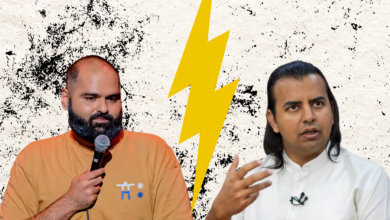Addressing Nepotism In The Indian Judiciary: The Need For Ensuring Integrity In The Third Pillar Of Democracy.
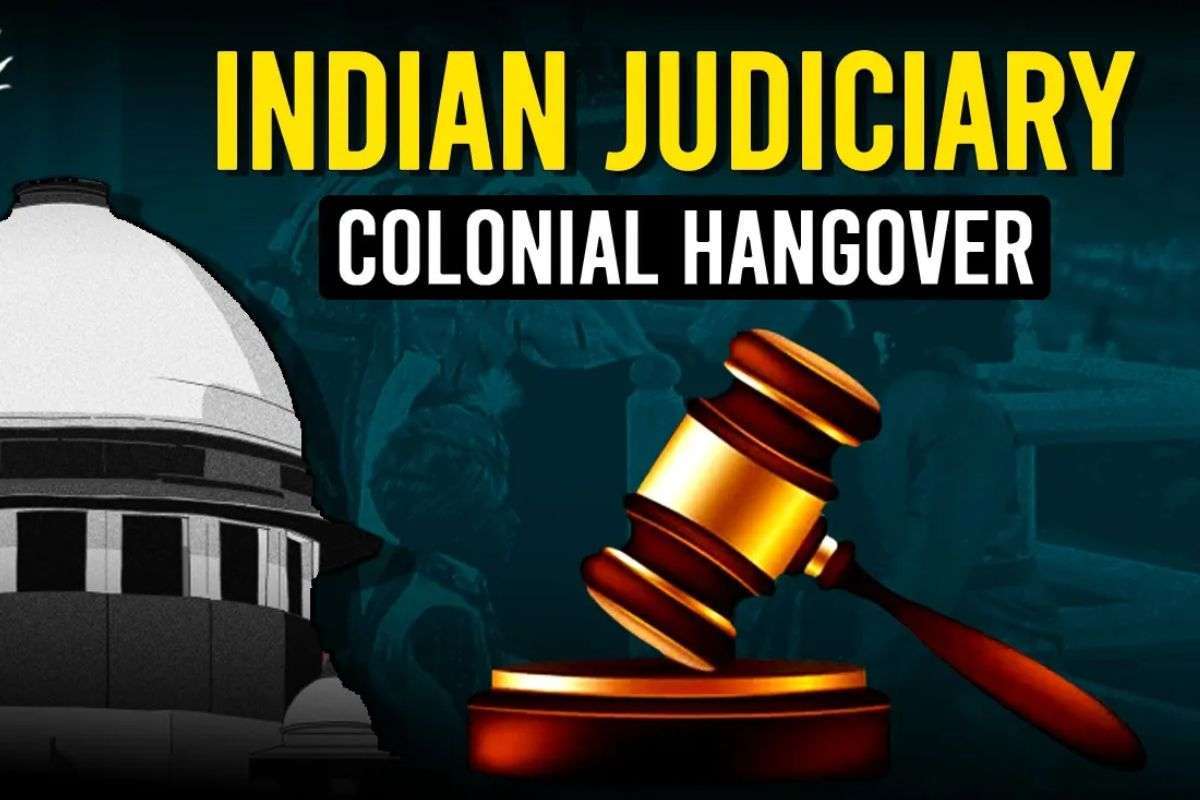
Nepotism is popular in India, including politics, the judiciary, business, the film industry, religious organisations, and a variety of other institutions. India’s 70-year-old judicial system is revolving in only 350 families, writes Mr Harshad Shan on LinkedIn.
Leading constitutional scholar Subhash Kashyap expressed his worry over the functioning of the collegium system, saying the Supreme Court’s decision to strike down NJAC (National Judicial Appointments Commission) in 2015 was “unconstitutional.” “There is no country in the world where Supreme Court justices choose their own brother judges,” Kashyap stated. He said that even B R Ambedkar had stated that he would not trust the future Chief Justices of India in matters of appointment because they, like any other human being, may be prone to “prejudices.”
Also, in 2017, then-President Ram Nath Kovind strongly criticised the court for an “unacceptably low” representation of women, OBCs, scheduled castes, and tribes, urging the higher judiciary to adopt long-term efforts to address the disparity.
Back in 2018, The then-Minister Upendra Kushwaha stated that the collegium system for selecting judges of high courts and the Supreme Court lacked transparency and was a “black spot” in Indian democracy, and he advocated for increased participation of persons from the SC, ST, and Dalit groups in the higher judiciary. Mr Kushwaha went on to say that he doesn’t question their competency, but why aren’t individuals from other groups, particularly Extremely Backward Castes (EBCs) and Scheduled Castes, becoming judges in the higher courts? So, can an opaque structure achieve justice and, more significantly, be perceived to deliver justice, even when its members are exceedingly clever, industrious, conscientious, and of unquestioned integrity?
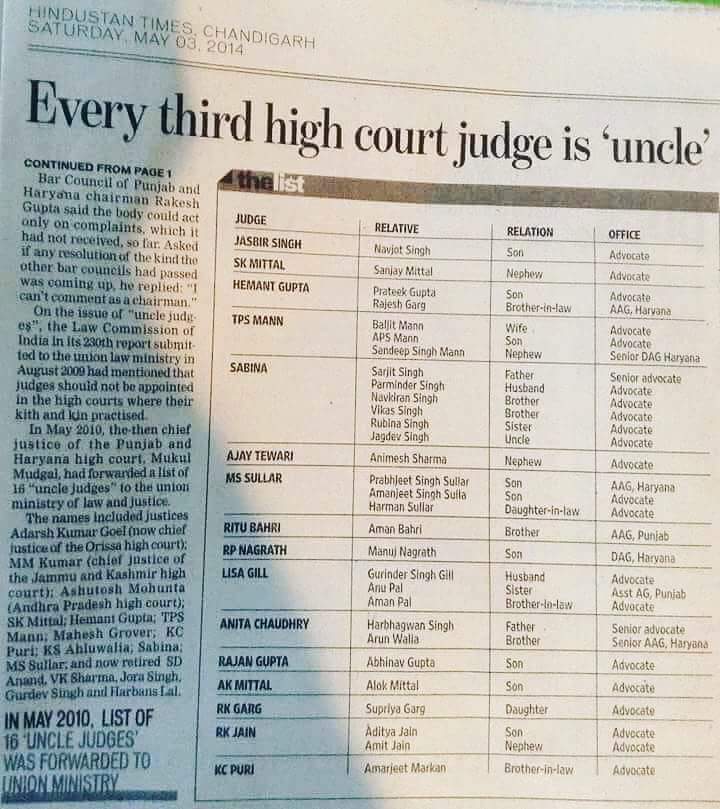
The Indian judiciary, being the final rank of justice in the world’s largest democracy, is coming under fire for a serious issue: nepotism. Despite its holy obligation to defend the ideals of justice, equality, and impartiality, the judiciary has faced rising claims of facilitating the growth of family dynasties in India’s legal environment and preferring the well-connected over the meritorious. However, the issue is not new.
So, what does data say about the concept of an inclusive judiciary or the existence of a collegium system in the Indian Judiciary?
The question is whether inclusivity includes equitable representation for all in the judicial institution. Bench diversity is an issue that raises a fundamental requirement of the law as an emancipatory institution. Last year, the Supreme Court was at full strength for 167 days, the most in its history. This makes 2023 an acceptable year to examine the Court’s diversity. Even with a full-strength Court, there remained an alarming dearth of representation for religious minorities, women, and marginalised populations.
Category-wise distribution- as of July 2023.
A July 2023 article from Deccan Herald writes, ‘Three of four High Court judges upper castes; Dalits, tribals account for less than 5%’. 458, or 75.58 % of the 604 HC judges appointed between 2018 and July 17, 2023, belonged to the General Category.
18 or 2.98 % of the judges belonged to Scheduled Castes.
9 or 1.49 % belonged to Scheduled Tribes.
Regarding judges from the OBC communities, there are 72 or 11.92 %.
34 or 5.6 % of the judges belong to minority communities.
According to the 2011 Census, Scheduled Castes account for 16.6% of the population, while Scheduled Tribes make up 8.6%. Minority populations, meanwhile, account for 19.3% of the population.
Religion-wise distribution- as of January 2024.
Also, According to the 2011 Census, Hindus account for 79.8 % of India’s population. The Muslim and Christian populations are 14.2% and 2.3%, respectively. Sikhs account for 1.7% of the population, while Buddhists, Jains, and Parsis make for 0.7, 0.4, and 0.06 %, respectively.
An article by the website Supreme Court Observer writes in January 2024 that ‘Thirty of the 33 current Supreme Court judges appear to be Hindu, with one Muslim, Christian, and Parsi. According to records, there has been no Sikh representation in the apex Court since Justice J.S. Kehar’s retirement as Chief Justice in August 2017.
Given the difficulties of ascertaining Jain’s provenance from last names and the lack of official statistics, they have been unable to draw reasonably accurate judgements concerning Jain’s representation in the court. Also, they have not come across any openly Buddhist judges in India’s Supreme Court, though it is well-known that Justice B.R. Gavai comes from a family with strong links to the Ambedkarite and Buddhist communities in Maharashtra’.
Since the 1950s, the custom has been to select one Muslim judge for the Supreme Court, making them one of eight justices and ensuring 12.5 % participation. As the Court’s strength expanded to 16 by the end of the 1970s, having two Muslim justices on the bench became standard practice. The entire quorum increased to 34 in 2019, yet the number of Muslim judges has stayed relatively stable, negatively impacting the community’s proportional representation.
Justice A.G. Masih, appointed in November 2023, is the only Christian on the bench. Justice K.M. Joseph, who served as the lone Christian on the bench for 4.6 years, retired on June 16. Justice Masih will serve for four years and four months, which is less than the typical term for Christian justices. Kerala has the highest representation of Christian judges, sending in six of the nine Christian justices to ever sit on the bench.
The overall Christian population of the nation is virtually evenly divided between Kerala (6.1 million) and the northeastern states (6.3 million), with an additional 0.3 million distributed across the country. However, just one Christian judge from the Northeastern states has made it to the Supreme Court: Justice H.K. Sema of Nagaland.
“Judges from smaller, politically less important states complained that they did not have an equal opportunity to be appointed to the Supreme Court as judges from larger states,” writes Advocate Abhinav Chandrachud, who is also the son of India’s current Chief Justice, in his book Supreme Whispers (2018). While judges from Jammu and Kashmir were often upgraded before 2010, this has changed then. Two judges from the Gauhati High Court represent the eight states in the northeast. None of them appear to be from the Scheduled Tribes or the Christian community.
Caste-wise distribution- as of January 2024.
With the 2023 appointments, it emerges that at least 12 of the current 33 serving judges (36.4 %) are from Brahmin communities. According to the 2011 census, Brahmins make up around 5% of the Indian population. Judges from the Bania, Bengali Kayastha, and Rajput groups appear to make up the majority of the rest of the bench. Historically, there has been minimal emphasis on selecting justices from Bahujan populations. The caste question’s stalling in discussions over bench representation merely reinforces Justice Krishna Iyer’s 1980 comment to historian George Gadbois: “The Supreme Court was primarily Brahmin and upper class.”
Since 2019, the Supreme Court has appointed just two SC judges: Justice B.R. Gavai and Justice C.T. Ravikumar. With another appointment, with Justice PB Varale’s elevation, the Supreme Court will, for the first time, have three judges from the Scheduled Caste category, including justices Gavai and CT Ravikumar. This still represents somewhere about 12.1% of the Court’s strength. According to the 2007 National Sample Survey Organisation poll, SC and OBC communities account for 60.53 % of the Indian population. According to statistics from the 2017 National Family Health Survey, this figure has only increased since then.
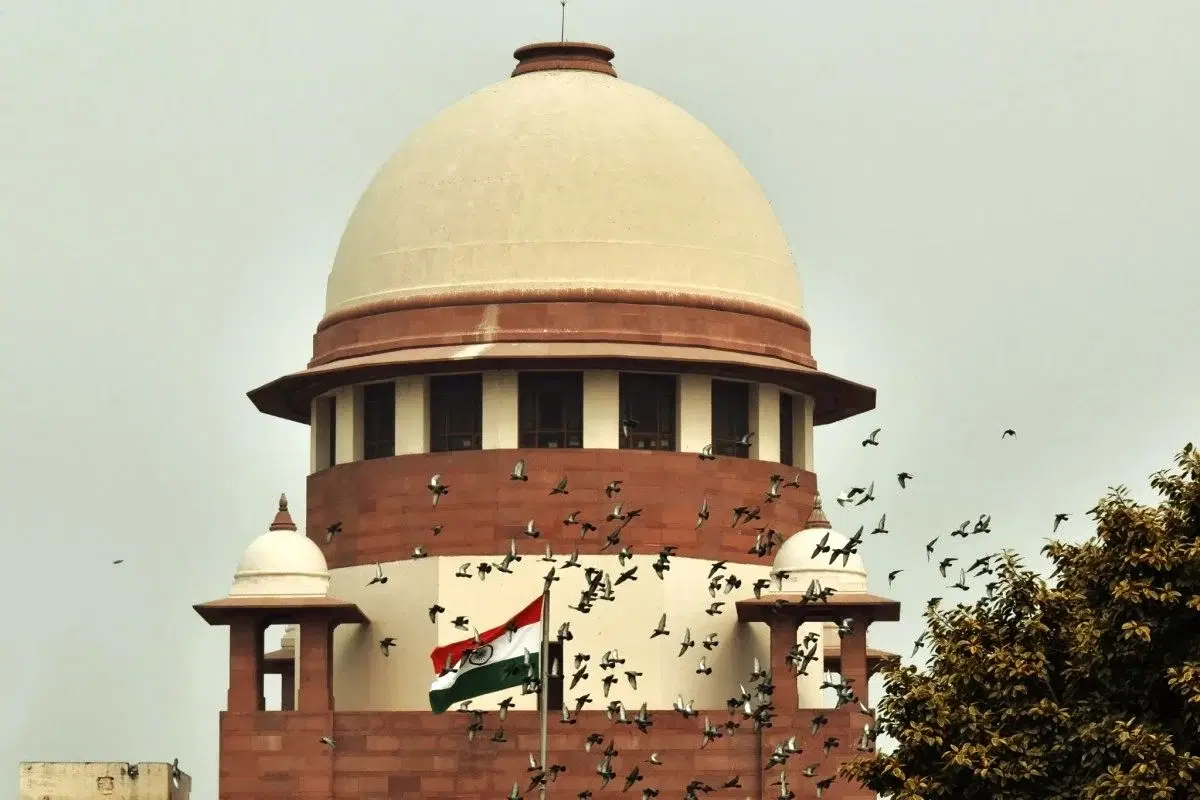
More supporting stats.
Even the Press Information Bureau, Government of India, and Ministry of Law & Justice published a note on November 22, 2012, about the ‘Uncle Judges Syndrome’, which refers to the Law Commission of India’s 230th Report, which mentions the matter of appointment of ‘Uncle Judges‘ in High Courts, stating that Judges whose kith and kin are practising in a High Court should not be appointed in the same High Court. Even after a decade, in 2023, Union Law Minister Kiren Rijiju spoke out against the ‘Uncle Judge’ mentality, blaming it on the Collegium structure in the Indian legal system.
Furthermore, in a YouTube video titled ‘Family Planning of Indian Judiciary via Collegium System’, advocate and author Sanjay Dixit asserts that around 2021, 20/25 chief justices of high courts were related by blood or marriage or years of servitude as a junior to judges of high courts and the Supreme Court.
It should be emphasised that judges of the Supreme Court and High Courts are appointed under Articles 124, 217, and 224 of the Constitution, which provide no provision for caste or class reservation. However, to ensure social diversity in the appointment of judges in High Courts, the Government has been requesting that Chief Justices of High Courts give due consideration to suitable candidates belonging to Scheduled Castes, Scheduled Tribes, OBCs, minorities, and women when submitting proposals for judge appointments.
The past and the present.
Nepotism in our court system has its roots in a post-1947 newly independent India, when familial ties frequently shaped judicial appointments. However, a turning point occurred in 1993 with the historic Three Judges Cases, which granted the presiding bench complete control over selections by establishing the collegium system.
The ruling party, the BJP, has advocated for the NJAC since its start in 2014. Last year, during her inaugural address at the Supreme Court’s Constitution Day celebration on Sunday (November 26), President Droupadi Murmu called for an “all-India judicial service” (AIJS) to recruit judges, stating that this will help diversify the judiciary by increasing representation from marginalised social groups. Indeed, we have no doubts about the intellectual capacity, academic rigour, and judicial competence of Chief Justice of India DY Chandrachud and his fellow Supreme Court judges. The question concerns the collective silence of those in charge of our judicial system in response to President Droupadi Murmu’s proposal.
In 2022, former CJI NV Ramana stated that the collegium procedure for appointing judges is democratic since all parties are involved during the lengthy consultation process. While Chief Justice of India DY Chandrachud also supported the collegium system, Justice Kaul stated that the NJAC may have functioned with some modifications but was shelved before it could be implemented. These statements by prominent judges have once again sparked criticism about the collegium structure.
On the surface, it is evident that the NJAC and AIJS are separate. The NJAC is in charge of appointing judges to the Supreme Court and high courts, while the AIJS is in charge of the feeder cadre. However, both aim at the heart of dynastic self-perpetuation in the higher judiciary.
NJAS was struck down because of many fears, among which the top ones were the payback fears. The court emphasised that judicial primacy over the selection process was critical to ensuring judicial independence. The more than 1,000-page judgement advocated that the political administration, to the greatest extent practicable, should not have a role in the ultimate selection and appointment of judges to the higher court. Reciprocity and thoughts of payback against the political administration would devastate the judiciary’s independence. This is especially true at a time when courts are ruling on matters having financial repercussions, such as the sale of natural resources and ministerial fraud. Any government involvement in appointing judges would create major conflicts of interest.
This is by far the most dangerous tool to curtail judicial independence. It was intended to shield the judiciary from political interference and safeguard judicial independence. The apex court argued that the government should not play a significant role in appointing judges to maintain judicial independence. But is this aspect really fulfilled? The central ruling government have figured out another approach to interfere with judicial independence. The article ‘Active After Sunset: The Politics of Judicial Retirements in India’ beautifully drafted how ‘the central government gave smart offers to judges after retirement and marked their entry in ‘judicial independence’. So, the fear of payback has transitioned to the lure of after-retirement benefits, hurting judicial independence.
The Modi Government has always been vocally loud for locals and tried to overthrow the British-led colonial systems on the pretext of nationalism. Though it is needed to some extent, as India should have its own policies and procedures, however, completely overthrowing any previous system and implementing a completely new one may give rise to situations that are not good for the country. For example, the Agniveer Scheme, which has sparked debate, raised questions as to how any new project may be tested as a pilot project rather than implementing it on a nationwide scale.
Another example of replacing the existing Indian Penal Code (IPC) of 1860 was by the Bharatiya Nyaya Sanhita (BNS) on July 1, 2024, and its parallels attracted several criticisms from experts on how these laws will not anyhow compromise on the idea of justice to the citizens. Not only the opposition but many have also argued that the laws lack thoughtful parliamentary debate. Since they were enacted, the laws have been criticised by people from all walks of life, including lawmakers, opposition members, civil society, journalists, non-governmental organisations, and, most importantly, the legal community.
So, reforms need to be minted in the bar, and the bench invited suggestions to further improve transparency in the collegium system and thoughtful debates on how an act like NJAC could be implemented so that no judicial independence is compromised.
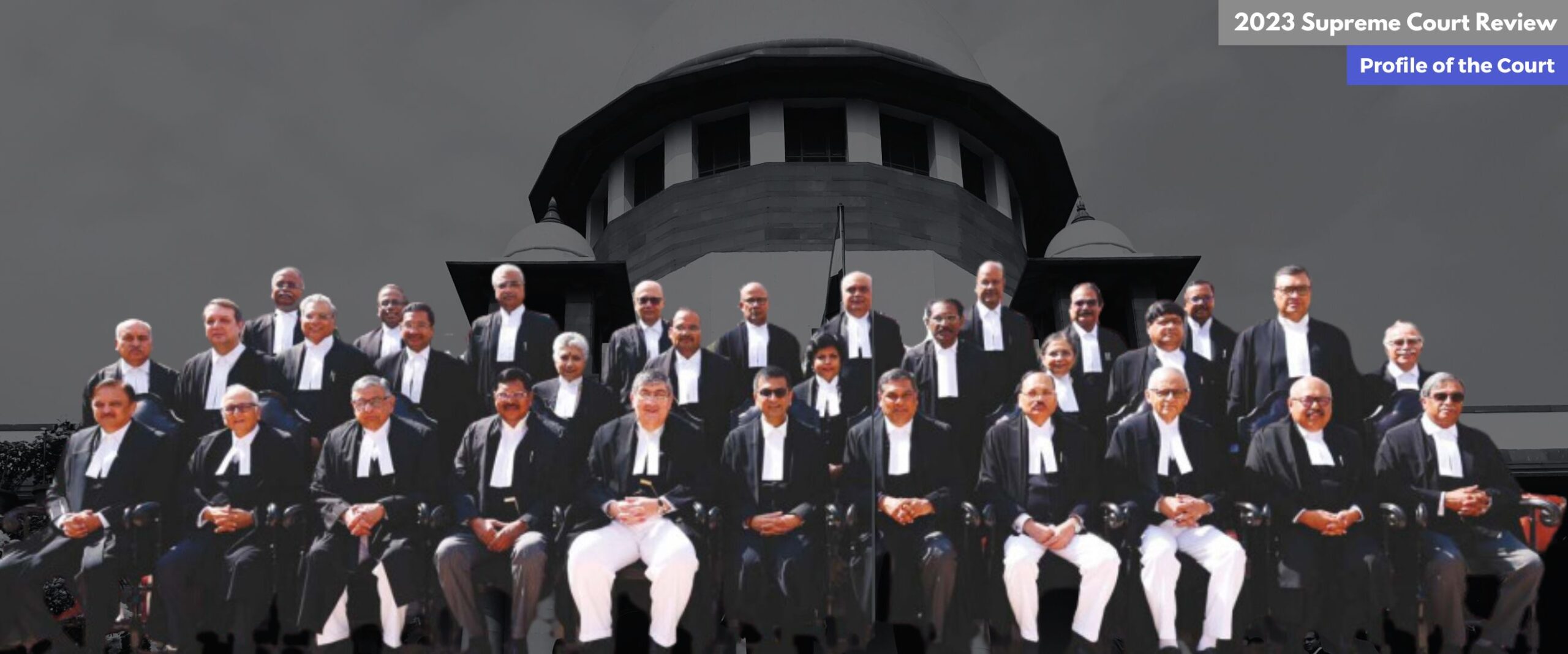
What suggestions can India take from others?
We have earlier mentioned that ‘how no other country follows this method of judges appointing judges’. So, should India blindly follow their counterparts?
The Indian Constitution is a remarkable combination of inherited ideas and innovation. It draws influence from both the written constitution of the United States and the unwritten constitutional traditions of the United Kingdom, including crucial components such as judicial independence, the procedure for dismissing judges, and the rule of law. Given these nations’ enormous effect on the Indian legal system, it may be useful to evaluate their ways of choosing judges as a possible benchmark.
The methods for appointing judges in the United States and the United Kingdom are notably different. The President of the United States appoints federal court justices with cooperation from the Senate. This empowers the President to modify the court to reflect their philosophy and interests. In contrast, the Judicial Appointments Commission of England and Wales, an independent body, is in charge of appointing judges to courts and tribunals throughout the UK.
The Commission has 15 members, three of whom are from the judiciary and the others chosen through open competition. This method provides for a more diversified and representative appointment of judges rather than being swayed by the political leanings of the administration or judicial patrons. Maybe a systemised combination of both of these concepts is appropriate for Indian situations.
The goal should never be to undermine India’s sovereignty or to mindlessly follow the policies of other countries. Rather, it is to analyse the potential worth of learning from others’ experiences and determine how to apply them within India’s constitutional framework. Furthermore, the sheer involvement of the government in judicial selections does not always erode judicial independence. Instead of drawing conclusions based on broad and general judgements, it is vital to evaluate the specifics of the appointment process, particularly its structure.


